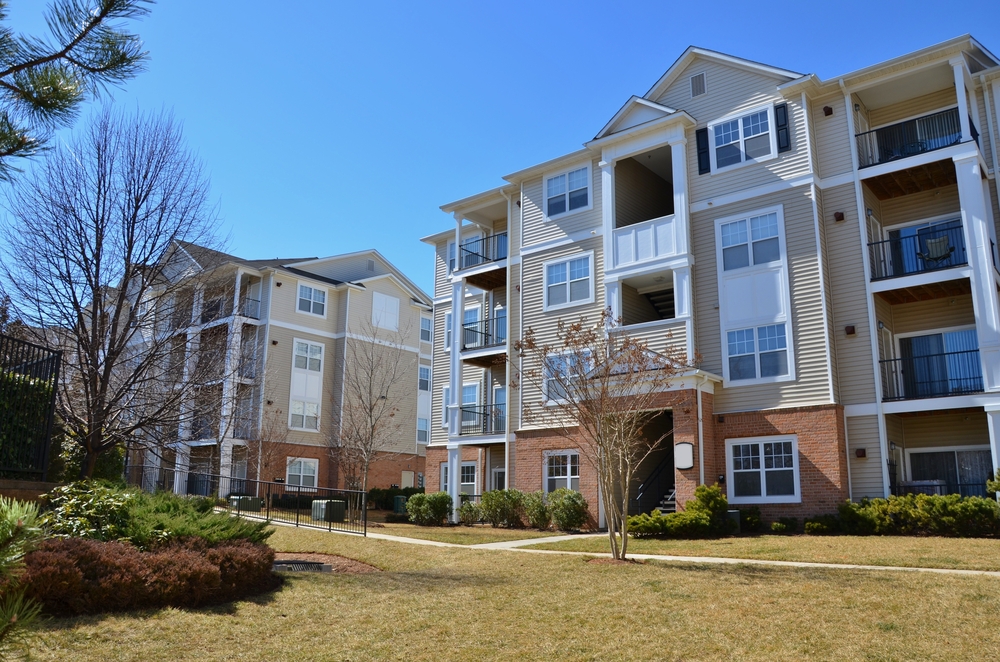What is the IRR?
The Internal Rate of Return (IRR) is widely used as a metric in Apartment Syndications as a common way to describe the returns to both active and limited partner investors.
Similar to the Average Annual Return (AAR), IRR takes into account the sale/refinance of the property asset and measures the return with respect to the time value of money. This calculation that helps investors compare investments to alternative uses of their cash. Many investors use a minimum IRR as their “hurdle” as one of a few factors to determine whether the opportunity supports their investment criteria.
How is IRR Measured?
Whereas other simple metrics that measures are based on making an investment today and receiving a return at some point in the future, IRR calculates the return based on making an investment today and receiving a series of cash flows (positive, negative, changing) over time. For example, cash flows could look like this:
Initial Investment (Year 0) : ($50,000)
Cash Flow – Year 1: $7,000
Cash Flow – Year 2: $6,500
Cash Flow – Year 3: $10,500
Cash Flow – Year 4: $8,400
Cash Flow – Year 5: $65,000
In this example, the IRR is about 14%. It can be calculated using a calculator, spreadsheet, or your own genius.
Why is IRR Used?
To simply measure Return on Investment (ROI) would be difficult for a few reasons:
1) Each year has different cash flows and has its own ROI
2) Cash flows happen across multiple years, and the time value of money must be taken into account.
The above is why the IRR is used. Using the IRR, this investment can be compared to other investments to help assess which is better.
Practical Application
Please note that it is highly important to understand that the IRR is only as good and accurate as the assumptions used for its calculation. Understanding your deal, assumptions and associated risks is key. To base your decision solely on IRR is risky and can lead to unwise investments.
💡Invest Your Retirement w/ eQRP
– How To Use Your 401k To Invest In Real Estate


